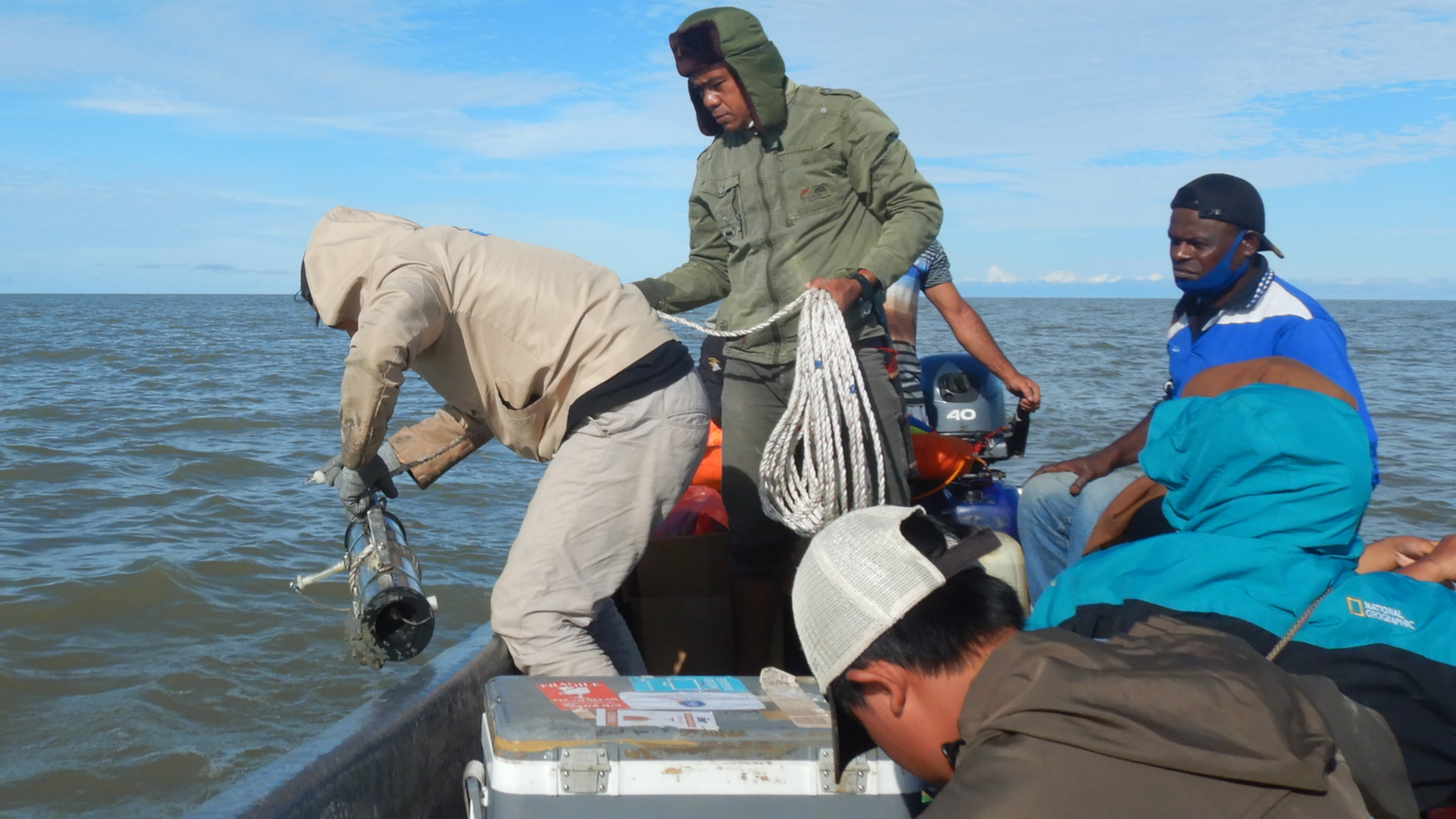Feds to Give California Spotted Owls a Second Chance
Thanks to a lawsuit by the Center for Biological Diversity and allies, the U.S. Fish and Wildlife Service just agreed to reconsider its denial of protection to California spotted owls. In a Trump era decision, the agency refused to protect the owls despite their dramatic population declines and increasing threats to their survival.
“The agency’s own assessments show that California spotted owls should have been protected years ago,” said Center lawyer Justin Augustine.
Help us save these brown-eyed owls, and many other species, with a gift to our Saving Life on Earth Fund. Your donation today will be doubled.
|
|

Famed Wolf OR-93 Killed by a Car
Another wild death to grieve: The famous Oregon-born gray wolf called OR-93 — who made an epic journey through 16 California counties in search of a mate — was found this month on the side of Interstate 5 in Kern County. He was the first reported wolf on California's Central Coast in 200 or 300 years.
“OR-93’s relentless wandering gave us hope, inspiration and a brief glimpse at what it would be like to see wolves running free across California again,” said the Center’s Amaroq Weiss, in mourning for the wolf she was tracking herself just the week before his death. “I only wish we could have offered him a safer world.”
|
|

Lawsuit Filed Over Hunting in Wildlife Refuges
In the wake of a Trump decision to expand hunting and fishing on 2.3 million acres of national wildlife refuges, the Center sued the Fish and Wildlife Service.
Back in 2016 the Service promised to phase out toxic lead ammunition and tackle on all wildlife refuges by 2023, but that decision was reversed under Trump. Rare animals — including grizzly bears, jaguars, ocelots and whooping cranes — are hurt or killed by that lead; more hunting and more fishing bring traffic and noise; and black bear hunters may shoot grizzlies by mistake.
“We’re going to court to ensure that our nation’s wildlife refuges actually provide refuge to endangered wildlife,” said Camila Cossío, a Center attorney.
|
|

A Banner Day for Ending Harmful Seafood Imports
Tuesday marked a key deadline for all seafood-exporting nations to curb fishing-gear entanglements of whales, dolphins and seals. Now the United States will ban seafood from foreign fisheries that don’t meet the tough standards of the U.S. Marine Mammal Protection Act. That should greatly reduce the number of marine mammals mistakenly caught and killed in commercial fishing gear every year — currently more than 650,000.
“The United States is wisely wielding its tremendous market power to ensure that all seafood eaten here is dolphin-safe,” said Sarah Uhlemann, the Center’s international program director.
|
|

Biden Breaks Vow to Keep It in the Ground
President Biden said it clearly on the campaign trail: It’s time to stop drilling for oil and gas on public lands.
But now he’s forging ahead — just making it a bit more expensive for industry to suck climate-killing oil and gas from public lands and waters. On Friday his Interior Department released a report recommending slightly steeper fees for fossil giants — a measure that’s nearly meaningless in the climate emergency.
As the Center’s Randi Spivak told CNN, “Greenlighting more fossil fuel extraction, then pretending it’s OK by nudging up royalty rates, is like rearranging deck chairs on the Titanic.”
|
|

Revelator: Saving the Narrow Sawfish
The world’s largest rays, narrow sawfish are among the most endangered marine fish in the world. But they’re also among the most elusive — so in order to save them, first we need to find them.
Read more in The Revelator and, if you haven’t yet, sign up for the free e-newsletter.
|
|

Get Tips on How to Simplify the Holidays
Want to make your holidays better for the planet…and also more fun? Check out the Center's website to help you simplify the holidays by building traditions with more meaning and less stuff.
You'll find tons of ideas to get you thinking outside the (big) box with wildlife-friendly gifts and traditions that encourage creativity, increase connection, ease stress, save money, reduce waste and help the environment.
|
|

That’s Wild: Watch Butterfly Scales Forming
If you’ve ever picked up a dead butterfly, you may have noticed your fingers sprinkled with a fine dust. This lepidopteran glitter is made up of microscopic scales that give the wings their shimmer and protect them from the elements. A single pair may have hundreds of thousands of scales.
Now, for the first time, a team of researchers has continuously observed and captured imagery of wing scales forming their dazzling, intricate architecture — inside a chrysalis.
|
|
Follow Us
|
|
Center for Biological Diversity | Saving Life on Earth
This message was sent to [email protected].
Opt out of mail list. | View this email in your browser.
Donate now to support the Center's work.
Photo credits: California spotted owls by Brett Hartl/Center for Biological Diversity; wolf OR-93 courtesy Austin James, Jr./Confederated Tribes of Warm Springs; ocelot by Mark Dumont/Flickr; dolphin by kesslet62/Flickr; oil field by Drew Bird Photography; sawfish fieldwork by Sihar Aditia Silalahi; holiday trash by lordtyler/Flickr; butterfly wing by MichaD/Wikimedia.
Center for Biological Diversity
P.O. Box 710
Tucson, AZ 85702
United States

